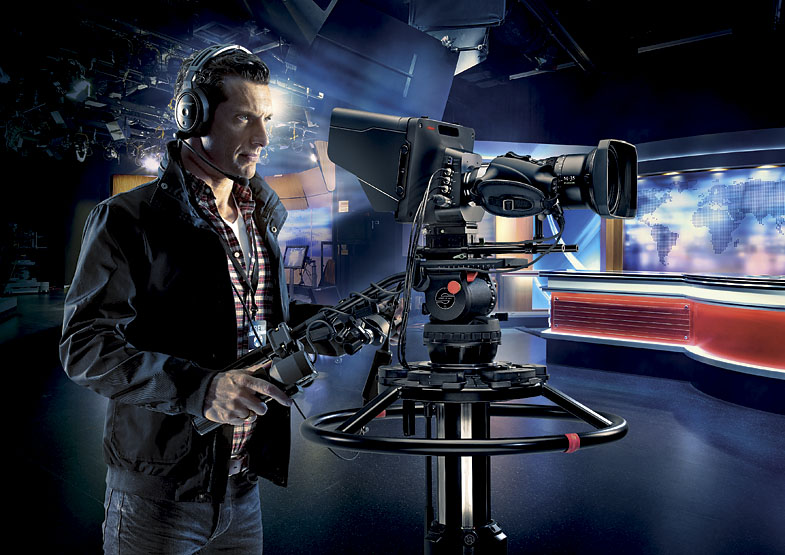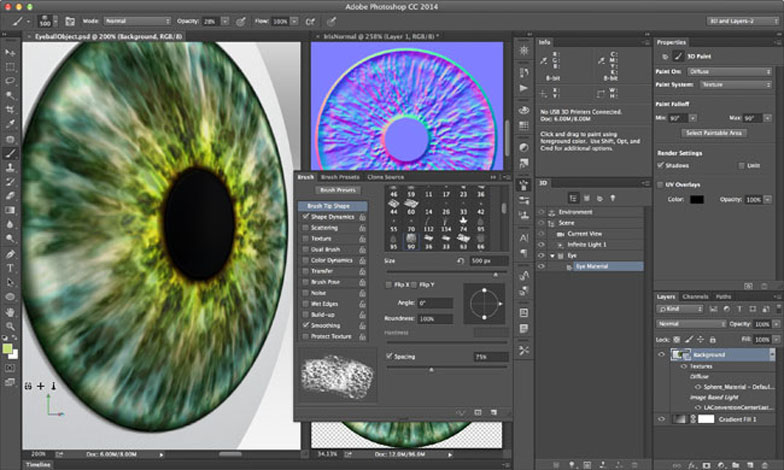
- Search
-
Login
-
0
ComparisonAdd products to compare, then they will appear here and you can compare parameters.
-
0
0 €Nothing in the basket.
News
Datavideo, an acclaimed manufacturer of professional broadcasting equipment, plans to introduce several new products at the upcoming IBC 2014 exhibition. Among those will be a complete virtual studio solution TVS-1000, a 6-channel HD switcher SE-2200 and its portable variant HS-2200 built in a carrying case, audio mixing and delay device AD-200, a videorecorder HRS-30HD designed for field work, remote controls MCU-100 and MCU-200 for Panasonic and Sony cameras, isolating transformer DAC-80 for removing hum and buzz from audio lines, a high-quality PTZ camera PTC-120, and a CG/title overlay box TC-200.

You have probably been in a situation where it was not possible to have a cameraman standing next to the camera for some reason, controlling the camera. There could be several reasons, the camera is placed on the shoulder, or it is mounted in an inaccessible place, or it is too far away from you to go to it every moment and adjust the composition, aperture and so on. It's in these cases that you'll appreciate the ability to control your camera remotely.
Some newer cameras have modules built in from the factory to communicate with mobile devices or computers. Others need an adapter to communicate or be controlled in this way. This is also the case with the Sony PMW-200 camera, which will show the advantages of such remote control.
This software update provides support for the new Blackmagic Studio Camera 4K. No changes to the Blackmagic Production Camera 4K, Blackmagic Pocket Cinema Camera, Blackmagic Cinema Camera, and Blackmagic Studio Camera models.
Adobe has released an update to Photoshop CC that includes new 3D printing features and enhancements designed to make it easier to create 3D printed designs with more printing options. This represents the third set of new and enhanced 3D printing features in Photoshop CC in 6 months since Adobe first announced 3D printing support back in January. This latest release of 3D printing features and enhancements expands support for new 3D printers and 3D print services, broadens the range of file formats that can be read and written, and offers updates that add efficiency to workflows.
New features include:
– Support for the MakerBot Replicator 5th Generation desktop printer and DMM.com (Japan) 3D print service.
– Support for additional 3D file formats including VRML, U3D, PLY, and IGES.
– Streamlined 3D painting experience.
– Ability to easily combine multiple print jobs into a single print bed.
– 3D printing workflow improvements.
Look for the update in the Creative Cloud application and click “Update”. If it doesn't appear, you may need to quit and re-launch the Creative Cloud application. If you don't have the Creative Cloud application running, start Photoshop and choose Help > Updates. The Adobe Application Manager will launch. Select Adobe Photoshop CC (2014) and choose “Update”. After installing, start Photoshop. In Photoshop, choose Help > About Photoshop (Win), or Photoshop > About Photoshop (Mac). The version at the top should say 2014.1.0 Release.
Youmay have found yourself in a situation where you couldn't focus on an object or person on your camera
Alternatively, you may have focused at full zoom, but immediately after unzooming, the image became out of focus.Situations like this happen from time to time
This is the so-called "Back Focus" problem. It is not an unsolvable situation. We will now show you how to deal with such a situation.
As an example we will use well-known models ofSony PMW-EX1 and its successorSony PMW-200. Both cameras are equipped with professionalFujinon HD lens.

